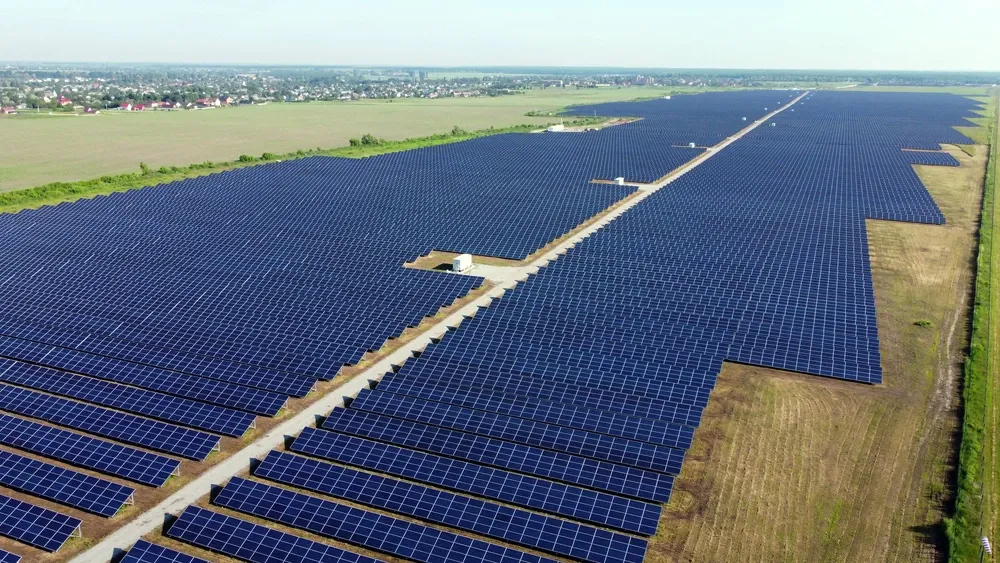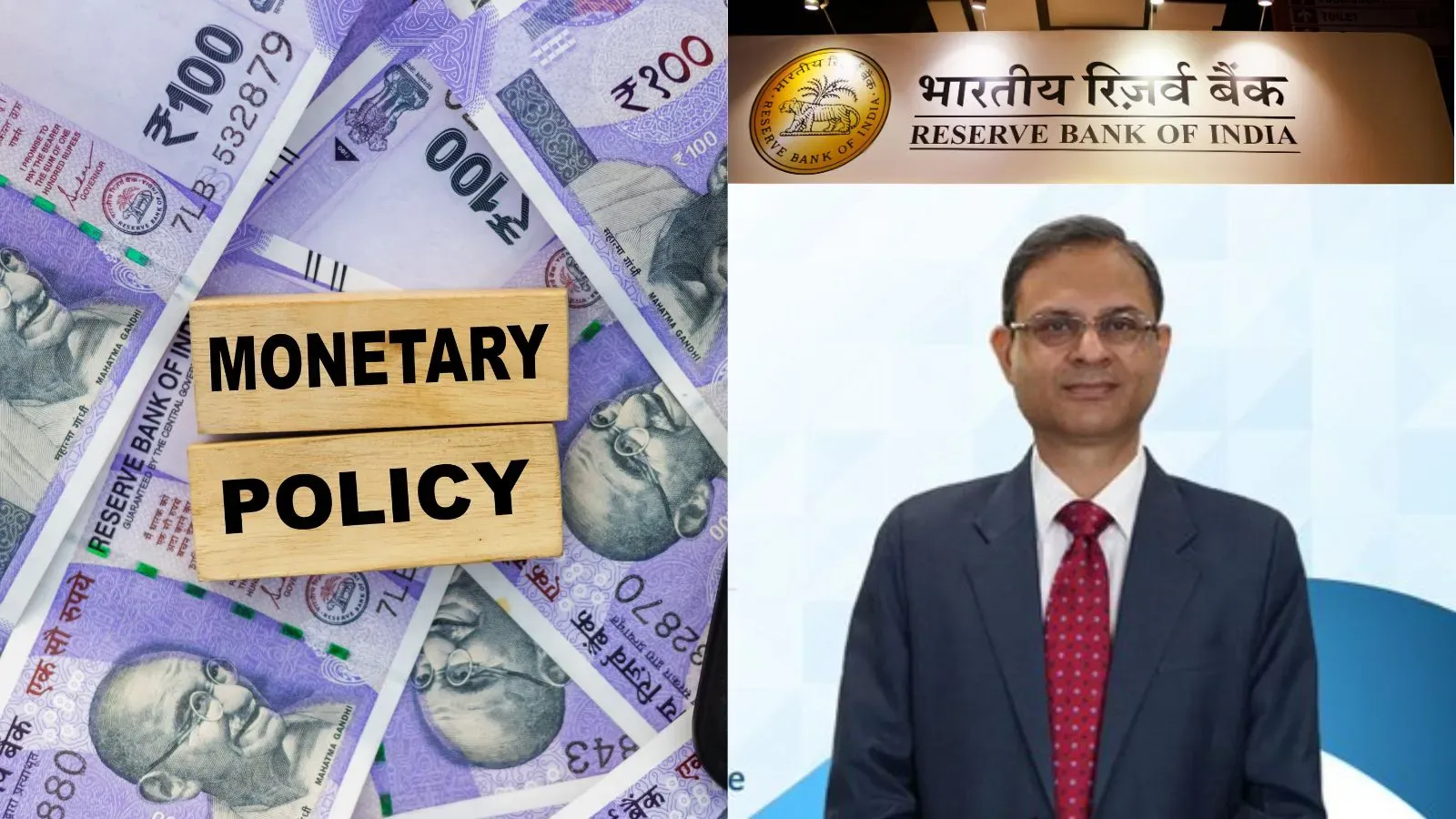Business News
Auto, Telecom, Power: What the Economic Survey said about key industries

4 min read | Updated on January 31, 2025, 17:37 IST
SUMMARY
Between April and October 2024, 17 new pairs of Vande Bharat trains were introduced to the network, and 228 coaches were produced

By the end of December 2024, the country's total renewable energy installed capacity increased by 15.8% year-on-year.
Union Finance Minister Nirmala Sitharaman tabled the Economic Survey 2024-25 in Parliament on Friday. The survey presents an optimistic outlook on India's economic growth while cautioning against global uncertainties.
Open FREE Demat Account within minutes!
Join nowHere are some key sectoral takeaways from the survey:
Auto: The Indian automobile industry is a significant driver of economic growth, offering a diverse range of domestically produced vehicles. In FY24, the industry recorded automobile domestic sales growth of 12.5%. Recognising the sector's potential, the government has extended the production-linked incentive (PLI) scheme by one year.
Electronics: The domestic production of electronic goods has increased substantially from ₹1.90 lakh crore in FY15 to ₹9.52 lakh crore in FY24, growing at a CAGR of 17.5%. The country has also drastically reduced its dependence on smartphone imports, with 99% now manufactured domestically. In FY24, India produced approximately 33 crore mobile phone units, with over 75% of the models being 5G enabled. “Programmes such as Make in India and Digital India, along with improved infrastructure, ease of doing business, and various incentives, have boosted domestic manufacturing and drawn foreign investments,” the survey stated.
Textile: India's technical textile industry is rapidly growing, ranking fifth globally. Indian technical textiles market stands at US$26.8 billion in FY24. India is a net exporter of technical textiles, with exports valuing US$2.58 billion in FY24. To assist the technical textiles manufacturing ecosystem, the government has introduced several initiatives, including the PLI scheme. To ensure the quality and standardisation of the technical textiles, 68 items have been brought under regulation through quality control orders in various segments.
Railways: During FY25 so far, the progress in the expansion of the railway network stayed at levels comparable to the previous year, while the addition of rolling stock increased considerably. Between April and October 2024, 17 new pairs of Vande Bharat trains were introduced to the network, and 228 coaches were produced. The focus on railway station infrastructure and the modernisation of locomotives and coaching stock has improved passenger amenities in the railway sector.
Aviation: Airport operators and developers, including the Airports Authority of India, are pursuing a capital expenditure plan exceeding ₹91,000 crore from FY20 to FY25. About 91% of this has been achieved by November 2024. New airports and improved regional connectivity under the Ude Desh ka Aam Naagrik (UDAN) scheme have improved air connectivity considerably.
Ports and shipping: Port capacity improved significantly in FY25, leading to improvements in operational efficiency and a reduction in average container turnaround time. On waterway transport connectivity, the Sagarmala program aims to harness India's coastline and waterways fully, improving logistics efficiency. Progress under the program highlights the highest project completion rates in port modernisation and port-led industrialisation.
Power: The power sector network continues to expand, with installed capacity rising 7.2% year-on-year to 456.7 GW as of November 2024. The addition of transformation capacity also gained momentum this year. In the shift towards renewable energy, the power sector has been bolstered primarily by large-scale solar and wind initiatives. By the end of December 2024, the country's total renewable energy installed capacity increased by 15.8% year-on-year, reaching 209.4 GW, up from 180.8 GW in December 2023.
Telecom: The rollout of 5G services, along with the introduction of new policies aimed at enhancing telecommunications infrastructure and user experience, has played a crucial role in digital connectivity. By October 31, 2024, 5G services were launched in all states and union territories.
Cement: India is the second largest cement producer in the world at present after China. The current annual installed capacity of the cement industry is about 639 million tonnes, with cement production of around 427 million tonnes in FY24. The economic survey said that the government's focus on mega projects like highways, railways, and housing schemes, coupled with rural development and industrial growth, is expected to fuel significant cement demand.
Steel: In April-November of FY25, the country’s crude steel and finished steel production registered a growth of 3.3% and 4.6%. There has been an overall upward trend in steel production and consumption during April-November FY25 despite some month-on-month fluctuations. Government initiatives on housing, and urban and rural infrastructure also contributed to the rising demand of the sector.
Volatile markets?
Ride the trend with smart tools.
+91
By signing up you agree to Upstox’s Terms & Conditions
About The Author
Next Story

